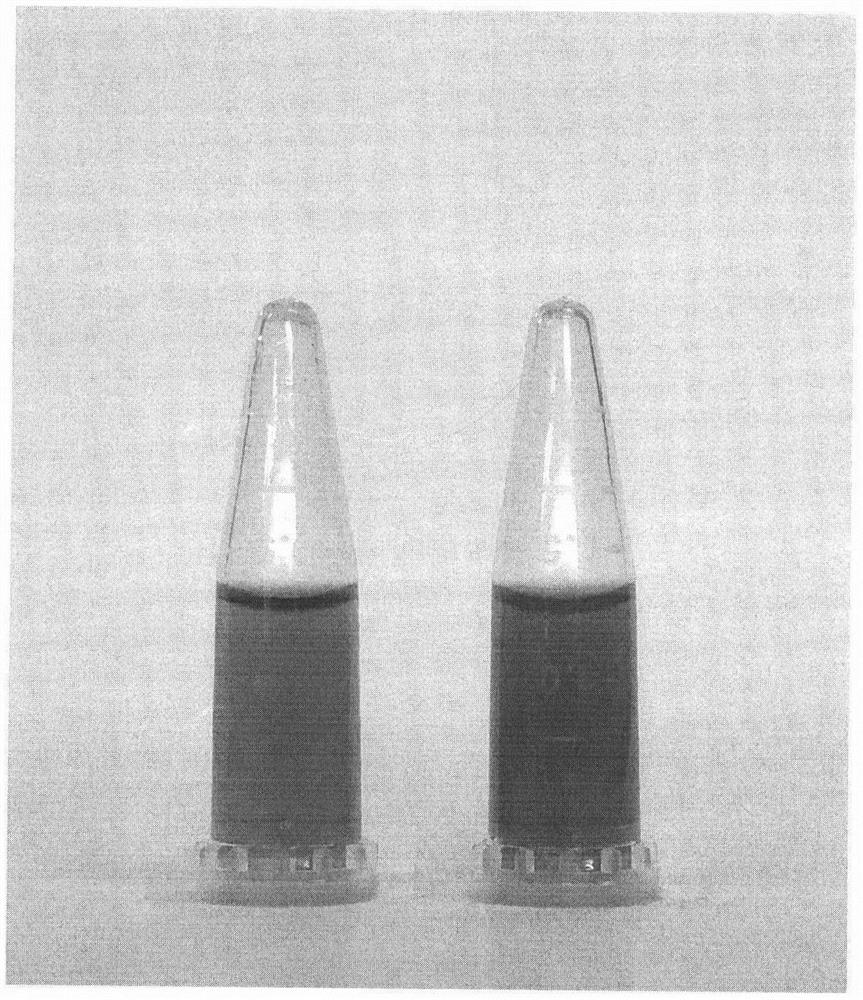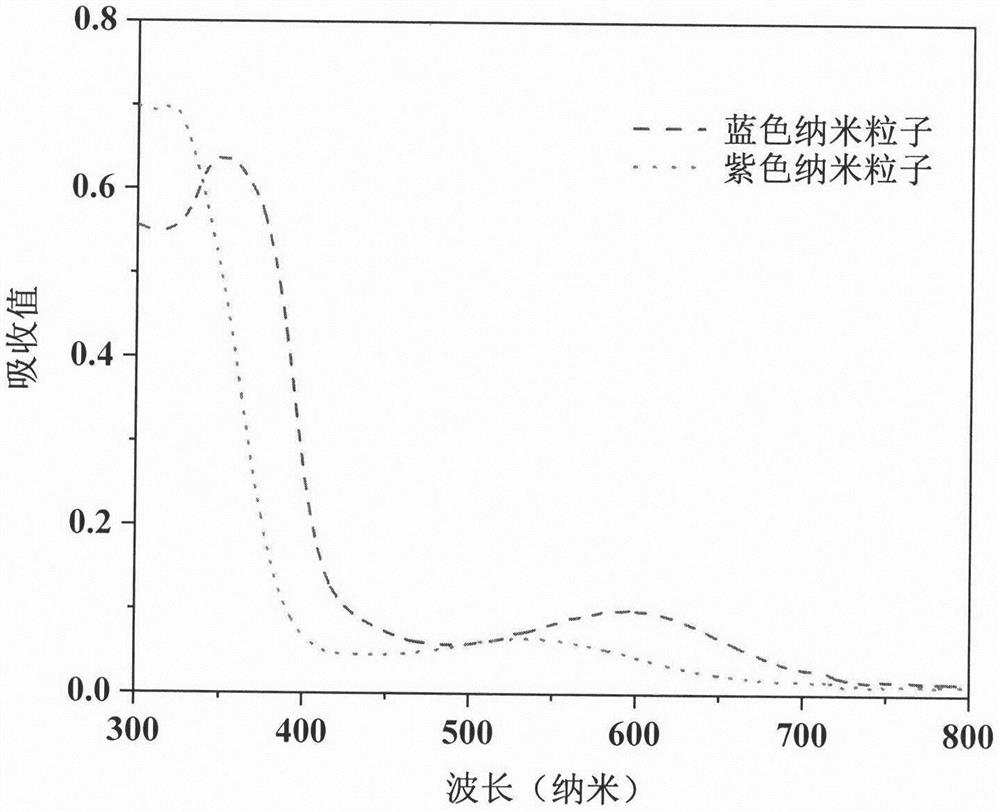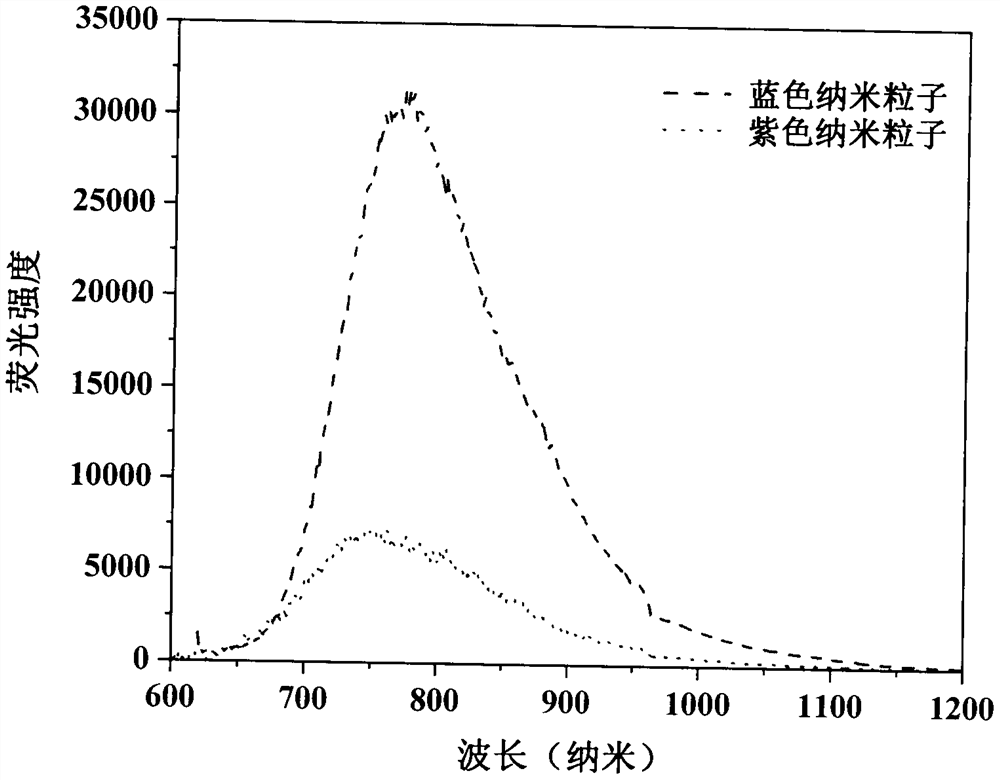Method for realizing transformation of organic compound from amorphous state to crystalline state in polymer nanoparticles
A nanoparticle, amorphous technology, applied in the application field of the amphiphilic polymer Pluronic F127, can solve the problem of affecting the application, affecting the photophysical properties of molecular aggregates, the superiority reduction of long wavelength and strong penetration, etc. problems, to achieve the effect of improved light absorption, deep tissue penetration, and high imaging sensitivity
- Summary
- Abstract
- Description
- Claims
- Application Information
AI Technical Summary
Problems solved by technology
Method used
Image
Examples
Embodiment 1
[0024] Step 1. Dissolve 10 mg of OPTPA in 10 ml of tetrahydrofuran to prepare a mother solution of 1 mg per ml for use. Weigh 100 mg of amphiphilic polymer Pluronic F127, take 5 ml of the above mother solution and add 100 mg of amphiphilic polymer Pluronic F127 was ultrasonicated for 5 minutes to obtain a clear solution for later use; take a glass vial with a screw cap and add 2 ml of pure water; quickly inject the clear solution prepared in the first step into pure water under ultrasonic conditions;
[0025] Step 2. The mixture obtained in Step 1 was continuously ultrasonicated for 20 minutes, and the rotor was put into the glass vial. Subsequently, the above-mentioned mixed solution was transferred to a room temperature stirrer and continued to stir until all the organic solvents evaporated to obtain a purple nanoparticle solution, which was confirmed by XRD testing that the organic fluorescent molecule OPTPA in the nanoparticles was in an amorphous state;
[0026] Step 3. C...
Embodiment 2
[0029] Step 1. Dissolve 10 mg of OPTPA in 10 ml of tetrahydrofuran to prepare a mother solution of 1 mg per ml for use. Weigh 80 mg of amphiphilic polymer Pluronic F127, take 4 ml of the above mother solution and add 80 mg of amphiphilic polymer Pluronic F127 was ultrasonicated for 5 minutes to obtain a clear solution for later use; take a glass vial with a screw cap and add 2 ml of pure water; quickly inject the clear solution prepared in the first step into pure water under ultrasonic conditions;
[0030] Step 2. The mixture obtained in Step 1 was continuously ultrasonicated for 20 minutes, and the rotor was put into the glass vial. Subsequently, the above-mentioned mixed solution was transferred to a room temperature stirrer and continued to stir until all the organic solvents evaporated to obtain a purple nanoparticle solution, which was confirmed by XRD testing that the organic fluorescent molecule OPTPA in the nanoparticles was in an amorphous state;
[0031] Step 3. Com...
Embodiment 3
[0034] Step 1. Dissolve 10 mg of OPTPA in 10 ml of tetrahydrofuran to prepare a mother solution of 1 mg per ml for use. Weigh 60 mg of amphiphilic polymer Pluronic F127, take 3 ml of the above mother solution and add 60 mg of amphiphilic polymer Pluronic F127 was ultrasonicated for 5 minutes to obtain a clear solution for later use; take a glass vial with a screw cap and add 2 ml of pure water; quickly inject the clear solution prepared in the first step into pure water under ultrasonic conditions;
[0035] Step 2. The mixture obtained in Step 1 was continuously ultrasonicated for 20 minutes, and the rotor was put into the glass vial. Subsequently, the above-mentioned mixed solution was transferred to a room temperature stirrer and continued to stir until all the organic solvents evaporated to obtain a purple nanoparticle solution, which was confirmed by XRD testing that the organic fluorescent molecule OPTPA in the nanoparticles was in an amorphous state;
[0036] Step 3. Com...
PUM
 Login to View More
Login to View More Abstract
Description
Claims
Application Information
 Login to View More
Login to View More - R&D
- Intellectual Property
- Life Sciences
- Materials
- Tech Scout
- Unparalleled Data Quality
- Higher Quality Content
- 60% Fewer Hallucinations
Browse by: Latest US Patents, China's latest patents, Technical Efficacy Thesaurus, Application Domain, Technology Topic, Popular Technical Reports.
© 2025 PatSnap. All rights reserved.Legal|Privacy policy|Modern Slavery Act Transparency Statement|Sitemap|About US| Contact US: help@patsnap.com



